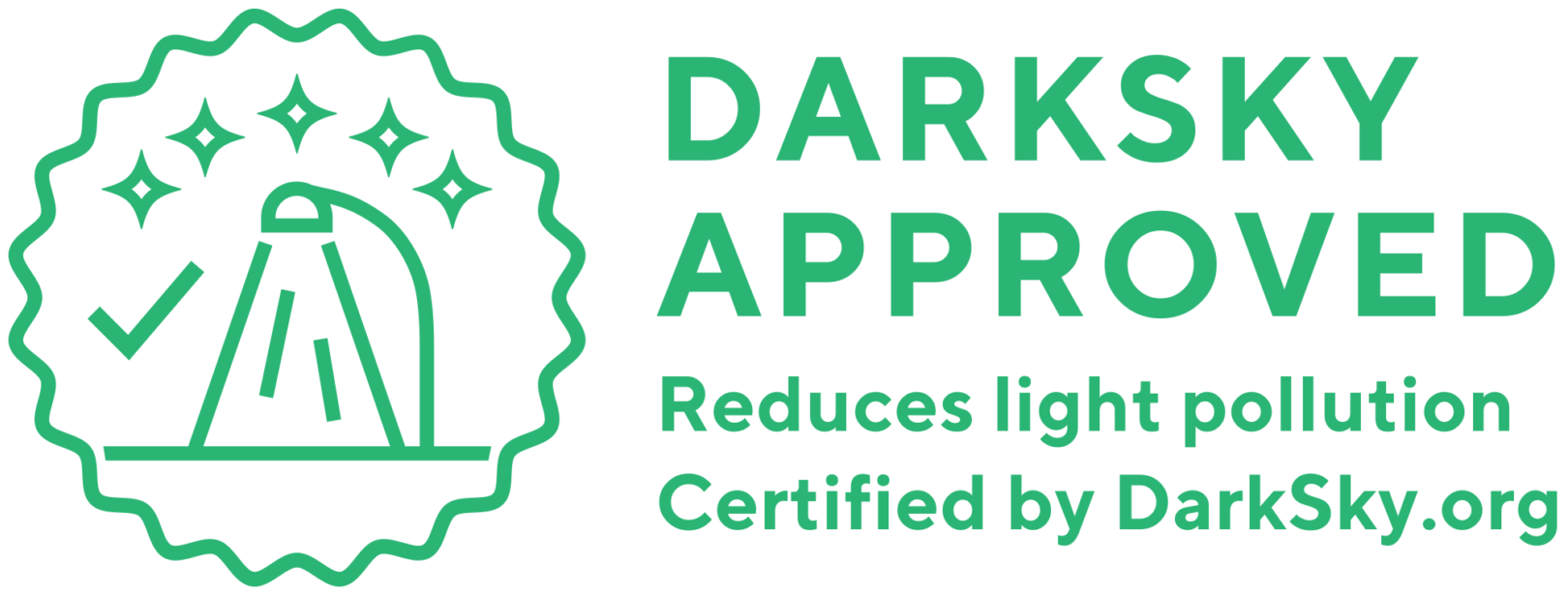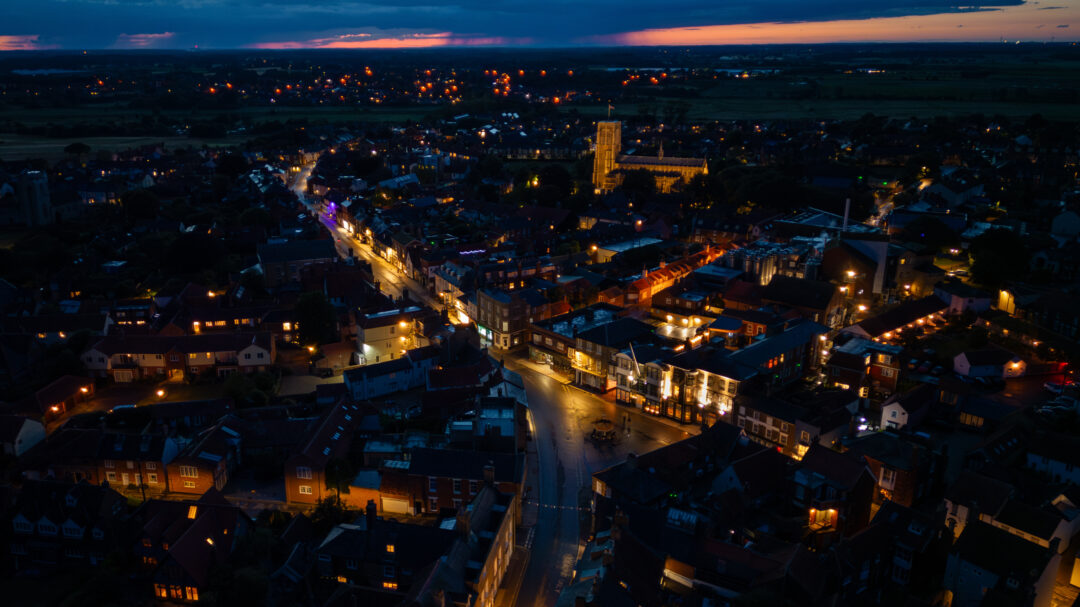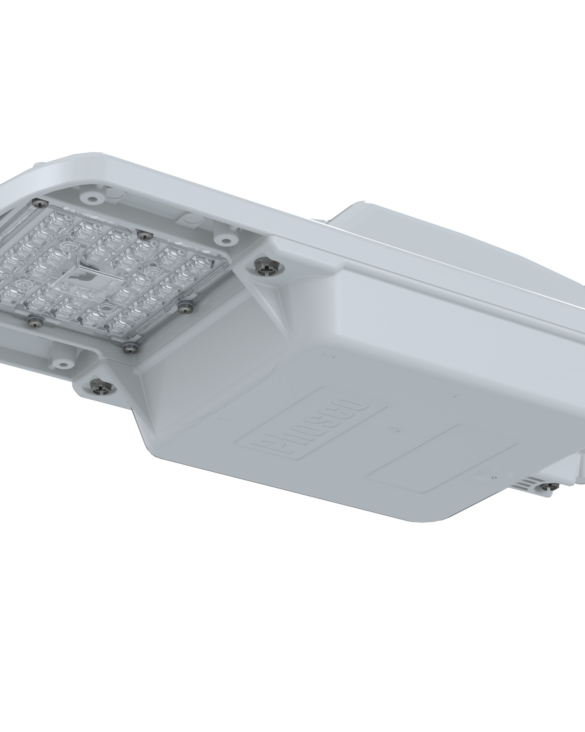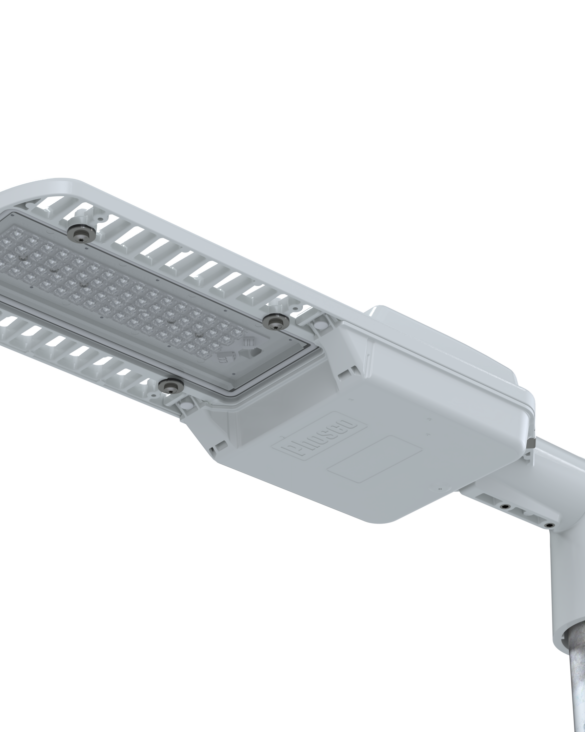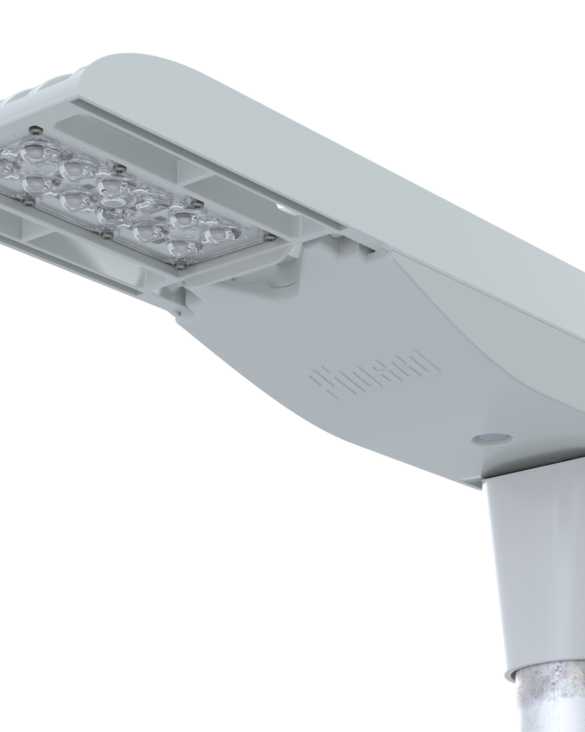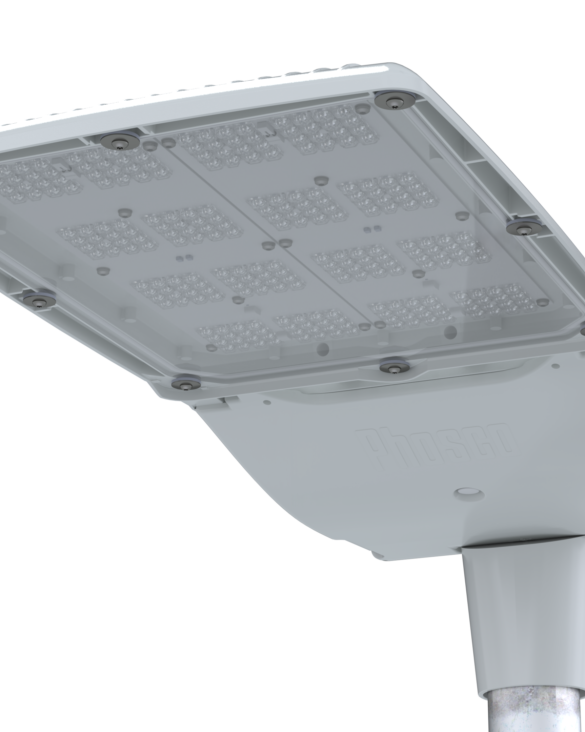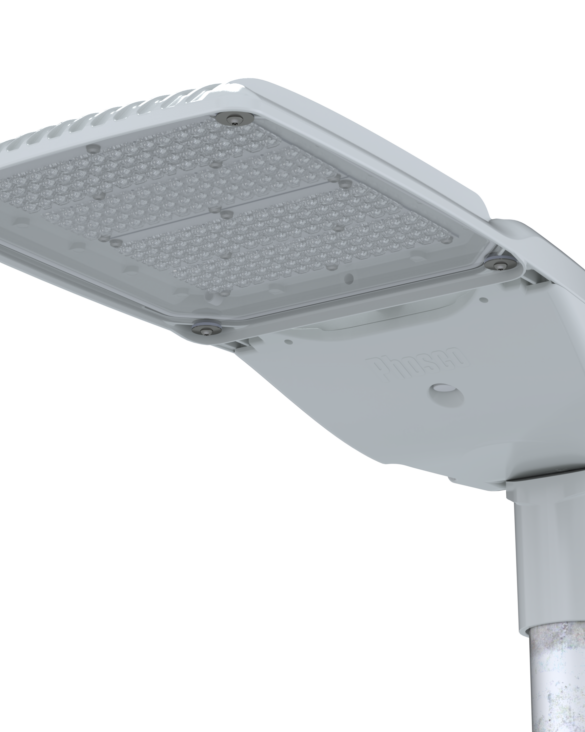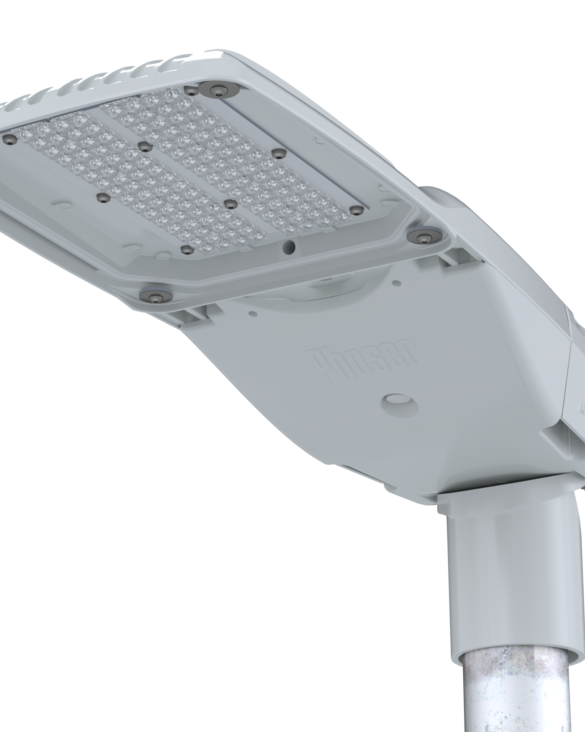In an age where humanity is making great strides in technological advancement, there's one significant aspect that's slipping through our fingers – our connection with the night sky. Astronomers have coined a term for the sense of loss associated with this decline: "noctalgia" or "night grief." Our relentless pursuit of progress has led to yet another form of pollution – light pollution. While we certainly need illumination for safety and security, the excessive and inefficient use of artificial lighting is causing harm to the environment, our health, and our connection with the cosmos.
As a family-owned UK exterior lighting designer and manufacturer trusted for over a century, it’s important to us to take steps in the right direction. Our commitment to reducing light pollution has led to the recent achievement of DarkSky Accreditation for a wide range of our outdoor lighting products.
This blog aims to shed light on the importance of DarkSky Accreditation and the significant role it plays in preserving our natural environment and well-being.
THE IMPACT OF LIGHT POLLUTION
Light pollution is a global issue. This was instantly obvious when the World Atlas of Night Sky Brightness, a computer-generated map based on thousands of satellite photos, was published in 2016.
Light pollution takes many different forms, including sky-glow, glare, and light propagation. And one of the biggest culprits is poorly designed streetlighting.
BBC's Sky at Night magazine reported that the night sky is brightening by about 10% every year. This means that: "at this rate, a child born in a location where 250 stars are visible at night would only be able to view 100 by the time, they reach adulthood at 18. "That's a really fast and dramatic change," says Christopher Kyba, a physicist at Ruhr University Bochum, Germany.
Dr Luke Price, Principal Radiation Protection Scientist at UKHSA, states, “There is nothing intrinsically unhealthy about LEDs, but if they are more energy efficient, we can use more of them and light more.”
This staggering increase threatens our connection with the stars and has profound implications for various aspects of life, including astronomy, wildlife, health, the climate, and energy wastage. While we do need lighting at night for practical purposes, it's essential to balance this need with environmental concerns.
EFFECTS ON WILDLIFE: FATAL ATTRACTION
Light pollution affects more than just our view of the stars; it has significant ecological implications. Research has shown that light pollution disrupts the behaviour of numerous species, from plants to sea turtles, birds, insects, and bats. For instance, brightly lit beaches can disorient sea turtle hatchlings, leading them away from the sea and towards potential dangers. Birds, especially those on migration routes, are often confused by brightly lit structures, leading to many collisions and deaths. In fact, millions of birds die each year due to collisions with communication towers.
EFFECTS ON HUMAN HEALTH: POOR SLEEP, POOR HEALTH
The adverse effects of light pollution are not confined to wildlife. There is compelling evidence linking exposure to artificial nighttime light with various health problems in humans. Disrupted circadian rhythms can lead to sleep disorders, including insomnia, depression, cardiovascular disease, and even cancer. The modern world's altered patterns of light and dark due to electric lighting have led to an increase in the risk of breast and prostate cancers, obesity, and early-onset diabetes.
GOVERNMENT AND POLICY RESPONSE
With increasing awareness of the negative impacts of light pollution, there is a growing need for government action and policies to address this issue. As detailed in September's Lighting Journal, The House of Lords commissioned its Science and Technology Committee to run a study titled "The neglected pollutants: the effects of artificial light and noise on human health." The report recognises noise and light pollution as neglected pollutants that are poorly understood and regulated. Their recommendations include setting specific targets to reduce the health burden and strengthening interdepartmental and organisational coordination on light pollution.
THE ROLE OF DARKSKY ACCREDITATION
Amid this growing concern, organisations like the International DarkSky Association are stepping in to restore the nighttime environment and protect communities from light pollution. They offer the DarkSky Approved program, which provides third-party certification for products and projects that minimise glare, reduce light trespass, and protect the night sky.
WHAT IS DARK SKY COMPLIANT EXTERIOR LIGHTING
To receive DarkSky approval, luminaires must:
- Restrict the amount of upward-directed light
- Avoid glare
- Avoid over-lighting
- Utilise dimming and other appropriate lighting controls
- Minimise short-wavelength (bluish) light in the nighttime environment
Our range of Road Lighting luminaires, including E950, E951, P852K, P861, P862, and P863, have now received DarkSky approval, supporting our dedication to preserving the night sky.
As our world becomes increasingly illuminated, it's crucial to balance our need for outdoor lighting with environmental preservation. Selecting DarkSky Accredited luminaires plays a vital role in achieving this balance. By reducing light pollution and adhering to responsible lighting principles, we can preserve the beauty of the night sky, protect wildlife, and safeguard our health.
To learn more about our DarkSky Accredited lighting products, explore our night-sky-friendly ranges below.
